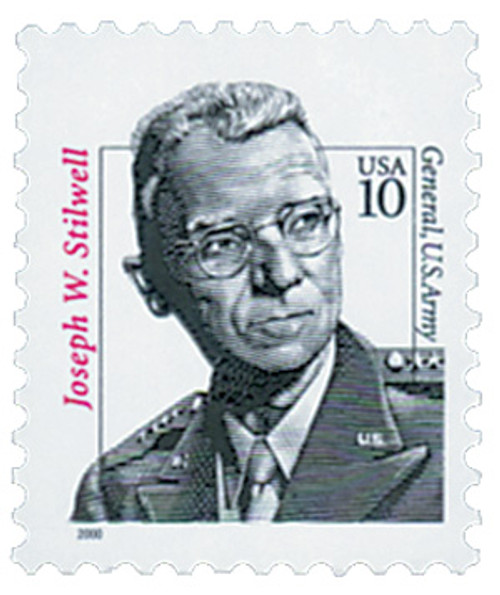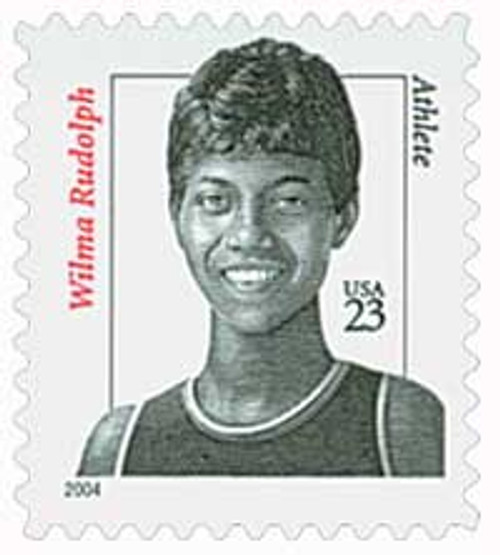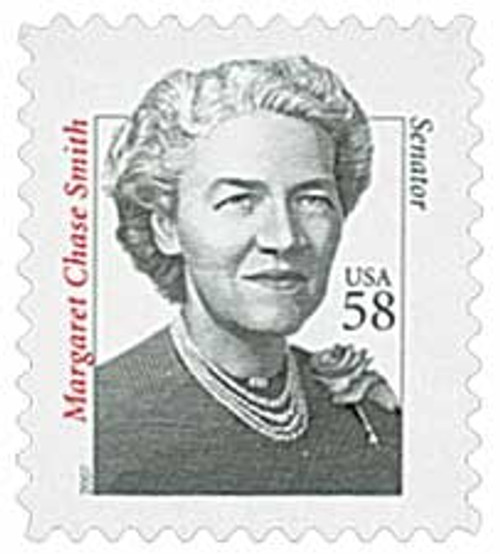
# 5191 - 2017 70c Robert Panara
2017 70c Robert Panara
Birth of Robert Panara
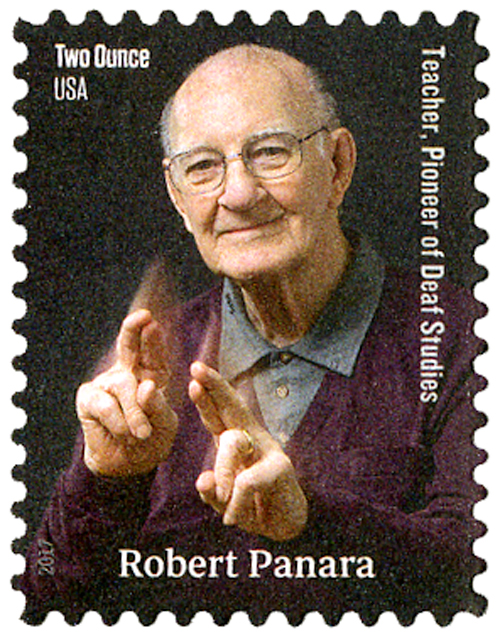
Robert F. Panara was born on July 8, 1920, in the Bronx, New York. Panara was one of America’s leading deaf educators. His work helped pioneer the field and promote the idea that deafness is not a disability, but a different way to view the world.
Panara lost his hearing at age 10 when he contracted spinal meningitis. Deaf education was nearly non-existent at the time, so he relied on his classmates’ help to take notes while attending public school. It was around this time Panara learned to read lips, a skill he later became famous for.
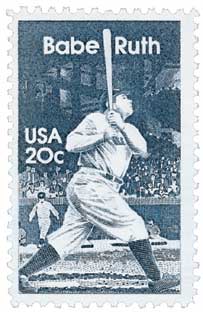
Shortly after he lost his hearing, Panara’s father took him to a game at Yankee stadium, hoping the noise and excitement might help bring his hearing back. It didn’t, but Panara did get to meet Babe Ruth, which he later recalled was “a dream come true.”
In 1938, Panara graduated high school and went to learn sign language at the American School for the Deaf. He attended Gallaudet University in Washington, DC, from 1940 to 1945 and New York University in 1948, studying English and literature. While a graduate student at NYU, he taught English, US history, literature, and algebra at the New York School for the Deaf.
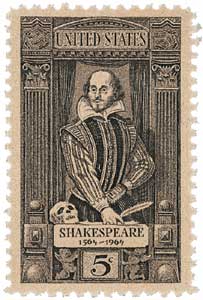
In 1949, Panara became a professor at Gallaudet University. He taught there for nearly 20 years before helping found the National Technical Institute for the Deaf (NTID) at Rochester Institute of Technology in New York. He established the institute’s English department and served as its first deaf professor. While there, Panara helped found the institute’s drama program and worked on some of the first plays for deaf actors and audiences. He also helped found the National Theatre of the Deaf and translated several works into sign language, including Shakespeare’s Macbeth, Hamlet, and Othello.
In the 1970s, Panara began to promote deaf studies as a formal area of academic study. According to his biographer, Panara “helped to open doors and open minds… People realized that deaf persons had been contributing in meaningful ways for centuries, and young deaf people should be given the chance.” To Panara, deafness was not a weakness, it was a strength he used to help make the world a better place.
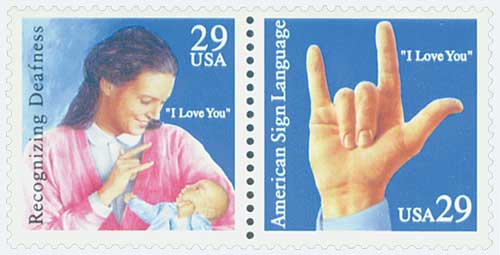
During his teaching career, Panara also wrote several books, including one of poetry titled On His Deafness and Other Melodies Unheard. He also helped collect the works of others in The Silent Muse: An Anthology of Prose and Poetry by the Deaf and Great Deaf Americans.

2017 70c Robert Panara
Birth of Robert Panara

Robert F. Panara was born on July 8, 1920, in the Bronx, New York. Panara was one of America’s leading deaf educators. His work helped pioneer the field and promote the idea that deafness is not a disability, but a different way to view the world.
Panara lost his hearing at age 10 when he contracted spinal meningitis. Deaf education was nearly non-existent at the time, so he relied on his classmates’ help to take notes while attending public school. It was around this time Panara learned to read lips, a skill he later became famous for.

Shortly after he lost his hearing, Panara’s father took him to a game at Yankee stadium, hoping the noise and excitement might help bring his hearing back. It didn’t, but Panara did get to meet Babe Ruth, which he later recalled was “a dream come true.”
In 1938, Panara graduated high school and went to learn sign language at the American School for the Deaf. He attended Gallaudet University in Washington, DC, from 1940 to 1945 and New York University in 1948, studying English and literature. While a graduate student at NYU, he taught English, US history, literature, and algebra at the New York School for the Deaf.

In 1949, Panara became a professor at Gallaudet University. He taught there for nearly 20 years before helping found the National Technical Institute for the Deaf (NTID) at Rochester Institute of Technology in New York. He established the institute’s English department and served as its first deaf professor. While there, Panara helped found the institute’s drama program and worked on some of the first plays for deaf actors and audiences. He also helped found the National Theatre of the Deaf and translated several works into sign language, including Shakespeare’s Macbeth, Hamlet, and Othello.
In the 1970s, Panara began to promote deaf studies as a formal area of academic study. According to his biographer, Panara “helped to open doors and open minds… People realized that deaf persons had been contributing in meaningful ways for centuries, and young deaf people should be given the chance.” To Panara, deafness was not a weakness, it was a strength he used to help make the world a better place.

During his teaching career, Panara also wrote several books, including one of poetry titled On His Deafness and Other Melodies Unheard. He also helped collect the works of others in The Silent Muse: An Anthology of Prose and Poetry by the Deaf and Great Deaf Americans.

1 Review
-
Love ❤️ this stamp
Great ? picture










